How to inherit a garden – a professional's take on knowing what to keep, what to dig up, and why you should do nothing for the first year
Inheriting a garden is an enjoyable experience when you know where to begin
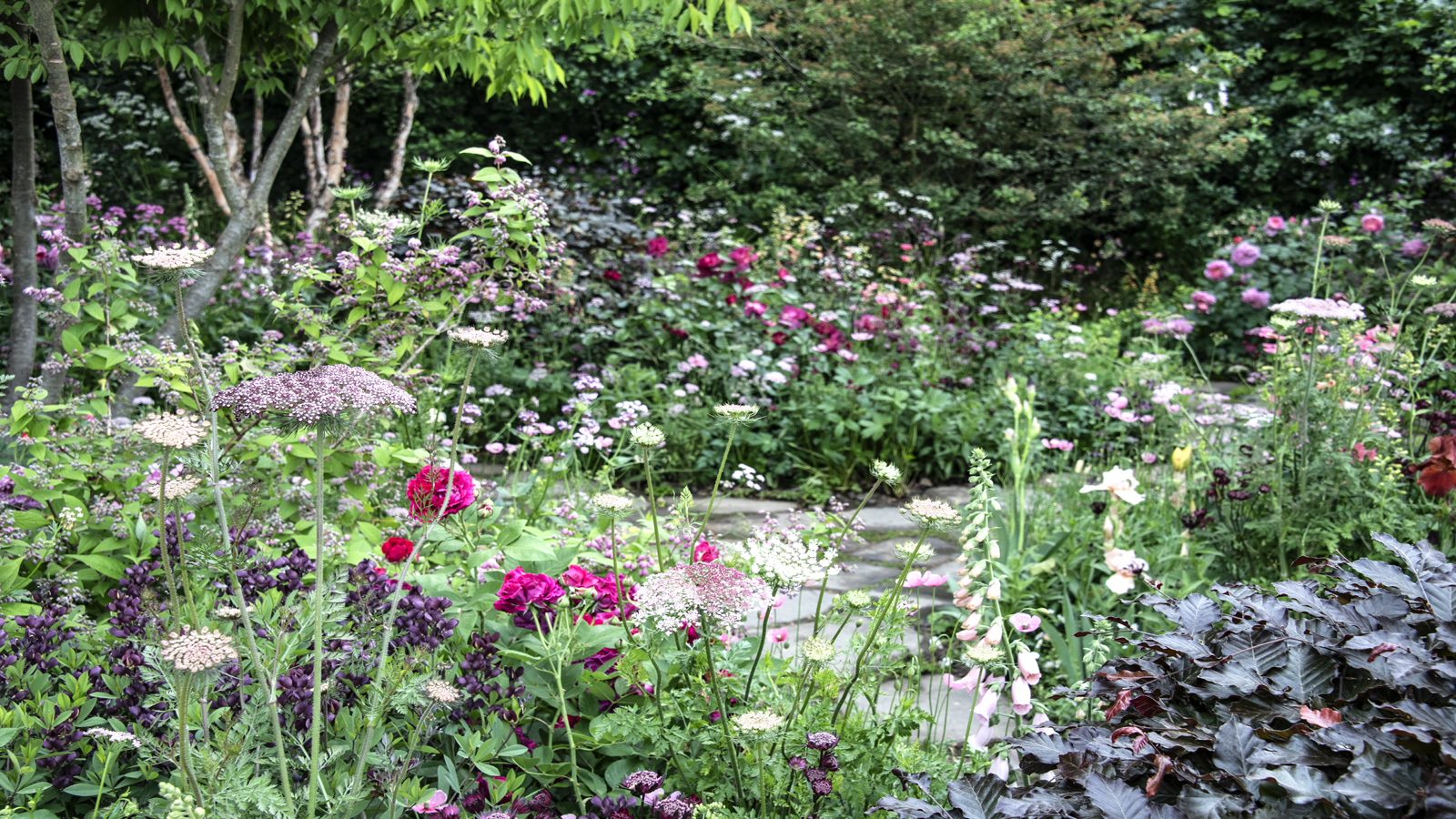

Moving home is stressful enough, but the thought of taking on a new garden can make it all the more daunting. Whilst a new build home might come with an exciting blank page of a garden for you to make your mark, where do you start when you inherit a mature garden with established shrubs and trees?
If you are wondering how to inherit a garden, have just relocated, or have a move coming up, you will probably have a rough idea of how you might want the garden to look or be used in the future. However, if you do not, that is not necessarily a bad thing, as there is no rush in most situations. Either way, these inspiring backyard ideas are sure to get you dreaming of what could be.
Having inherited several established gardens both as a homeowner and as a professional gardener, here is everything I found helpful when trying to decide what to keep or dig up, and even just where to start.
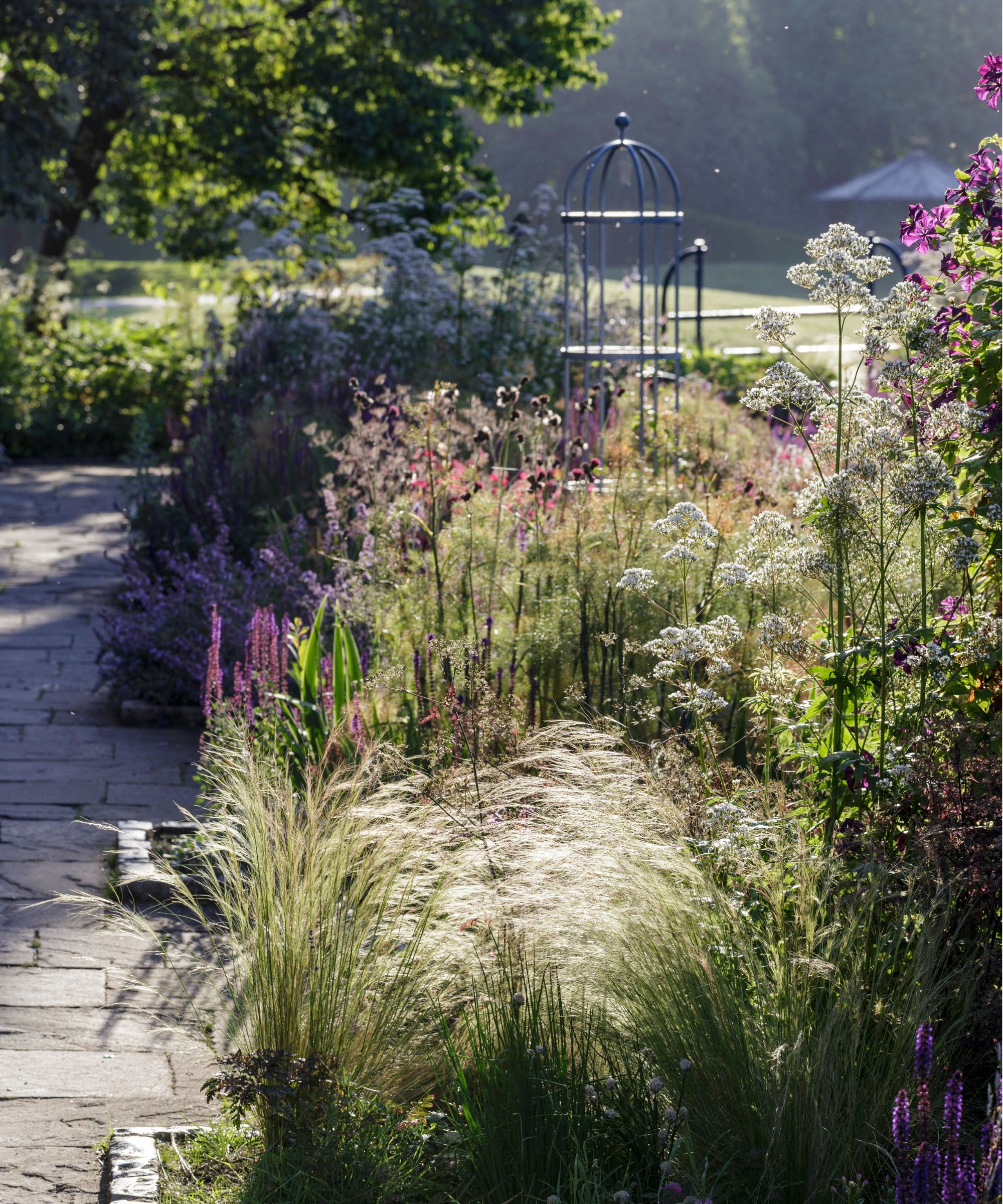
Advice from a professional when taking on a new garden
From my experience, most newly inherited garden owners fall into one of two camps: daunted and slightly overwhelmed, or excited and raring to go.
Whichever way you lean, here are my tips on how to inherit a new garden, from where to begin to planning for the future.
Wait a full year before making any changes

There is a strong temptation to quickly dig things up and plant up gaps when making your mark on a new garden. However, the old adage of waiting a whole year before making any changes to a new garden is not passed down through generations for no reason.
By waiting a full year, you will see your new backyard, landscape or patio through all the changing seasons and experience the joy of discovering any hidden bulbs and perennials come spring.
Design expertise in your inbox – from inspiring decorating ideas and beautiful celebrity homes to practical gardening advice and shopping round-ups.
By waiting a year, you will also discover your new garden's seasonal highlights and any potential problems that need considering, such as being in a frost hollow, wind tunnels, drainage issues leading to a waterlogged lawn, or a ravenous deer and rabbit population. Either way, waiting 12 months and making notes as you go to refer to is best if you want to get the full picture.
Nevertheless, with children or pets in tow, it is always prudent to check whether the garden is secure and its boundaries are intact before moving day. The last thing anyone wants as they begin to unpack boxes is to find out that they need to urgently repair a hole in the fence.
From my own experience, having inherited a mature garden which was almost completely devoid of any color, I was desperate to add some plants to fill the gaps and make it a more inviting place, even for the short term.
Depending on the time of year, planting some fast-growing annuals in bare beds or containers can provide some instant color and interest and make the space more appealing while you make a plan for the future.
Get to know your soil
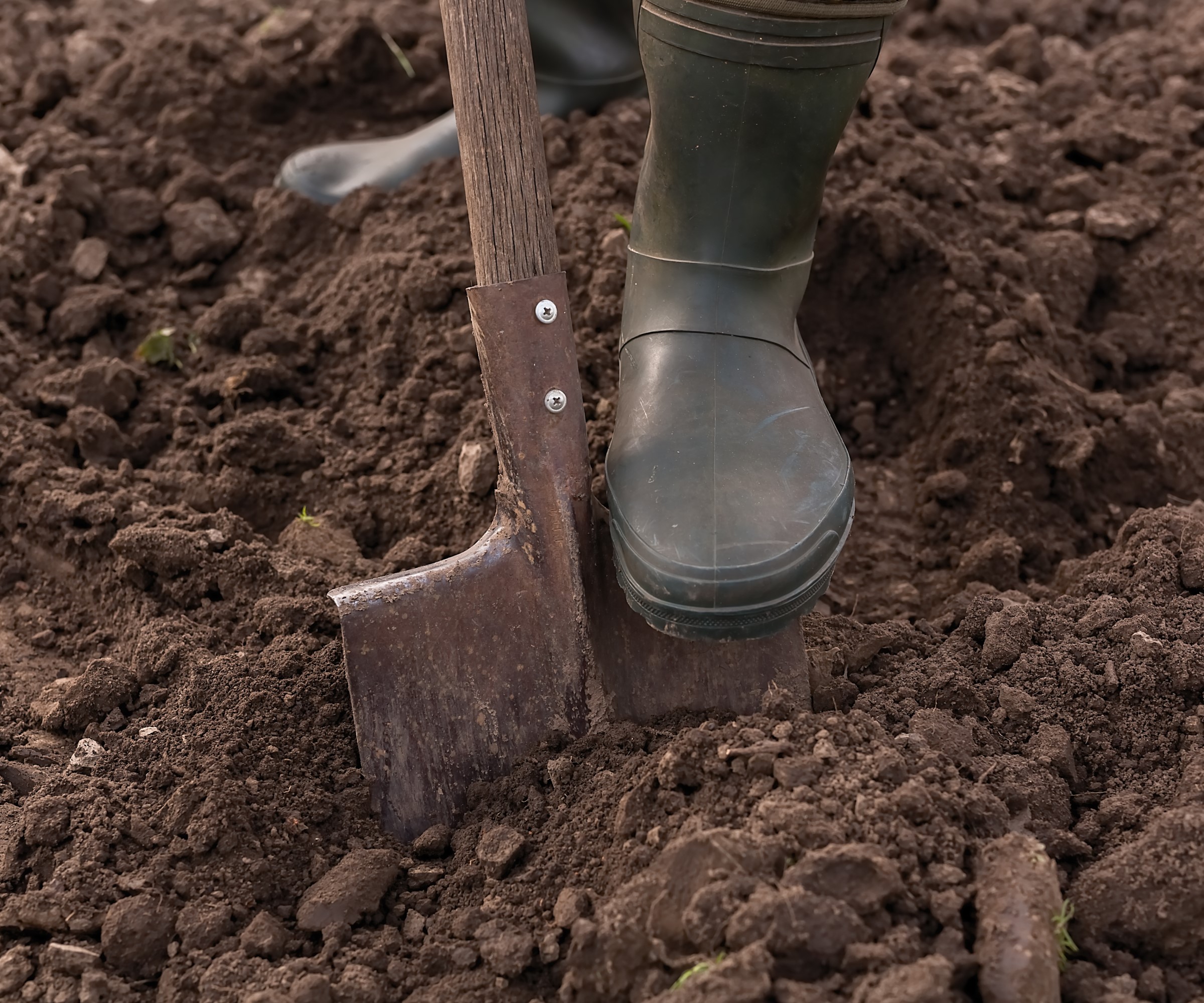
One key factor when inheriting a new garden is ascertaining the soil type and pH, as this will determine what will grow well or not.
You can get a fairly good idea of whether the soil is acidic or alkaline from the plants already growing in the garden. For example, if there are lots of thriving rhododendrons and azaleas, you can be pretty sure that the soil is on the acidic side.
However, using a pH meter such as this ‘Garden Tutor soil pH test kit from Amazon’ at multiple sites around your new garden will give you a more comprehensive understanding.
Along with discovering the soil's pH, now is also a good time to find out whether the garden is on sand, silt or clay and decide if the soil needs improving. A task ideally best done before planting up a new border.
Get to know your plants and shrubs

Through living with your newly inherited garden for a while, you will also see which plants appear to be thriving and which are not. If struggling, this might simply be because they have been planted in the wrong place or are not suitable for the soil, and can be moved to another spot or dug up and composted at a later date.
Most of us tend to have our favorite plants and shrubs and those we dislike for one reason or another. But instead of purely deciding if something looks good or not, it can be prudent to consider if it performs a function as well. For example, does it support the local wildlife or add any necessary height and structure to the landscape?
Now is also a good moment to assess if any neglected shrubs would benefit from rejuvenation pruning, a step worth trying before potentially digging anything up. From experience, I have learnt the hard way through rashly digging up a large shrub I didn’t particularly like, only to find out that it protected the seating area from cold northerly winds.
Getting to know your new garden also includes any annual or perennial weeds that might appear and assessing if there are any invasive weeds present that need eliminating?
Moving home in the fall or winter, when perennials are dormant, might mean that any lurking bindweed or purple loosestrife is not evident and it is only by observing your newly inherited garden over the first year that any potential problems like this may become apparent.
I know only too well the disappointment of rushing to plant up a new border in late winter, only to find that the area was infested with ground elder when it regrew later that spring.
Furthermore, I would suggest checking the condition of any trees and hedges you may have inherited, as if any need to be removed due to damage, disease or safety concerns, then this should be carried out promptly.
Removing a large tree is often a big undertaking, potentially damaging other parts of the garden and can alter the characteristics of the garden as a whole.
Once you have become accustomed to your new garden's plants and shrubs over the seasons, you can prioritise what needs to be done, including scheduling the best time of year for transplanting and pruning.
A seasonal plan can not only act as a timely reminder of what needs doing, but also help break down larger projects into more manageable chunks.
Discover how you use your newly inherited garden
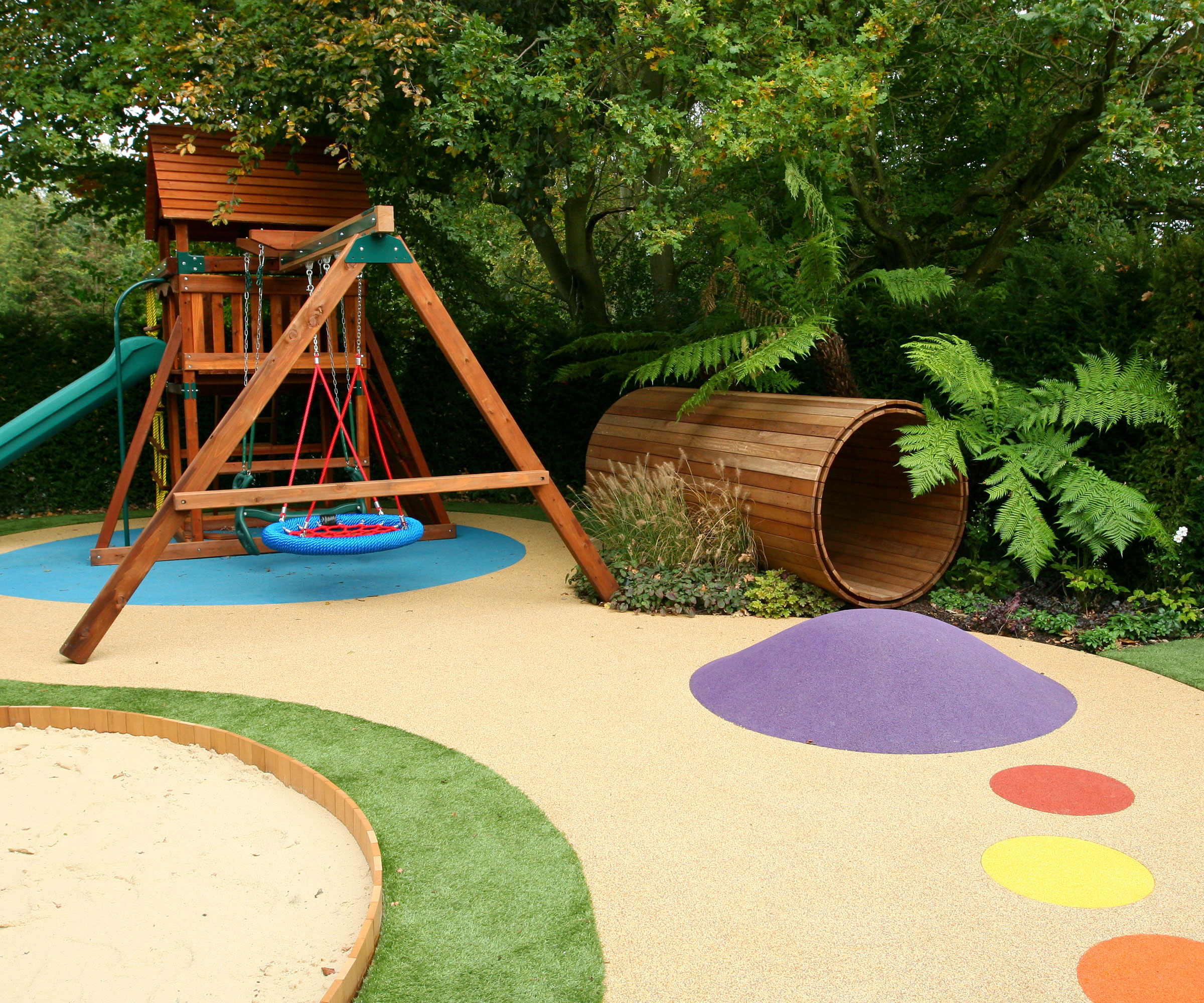
Over the first year in your new garden, you will also discover how you and any other family members and pets tend to use it. You may find a favourite spot or vista for a morning coffee or evening drink that would benefit from a small deck or patio to place a table and chairs.
Or, if you have children, is the lawn flat and big enough for a game of soccer or a jungle gym, or could it do with being levelled or enlarged? Perhaps you would like to start a vegetable garden or plan a cut flower patch and need to decide where the best place for this or a greenhouse is?
Depending on your location and US hardiness zone, you may find that you need to provide more shade for the summer months or protection from any prevailing winds. Privacy and screening are other areas that might need considering, for which a well-placed new tree or hedge could provide.
Again, depending on your location, does the garden require a lot of watering in the summer? If so, are there spigots in the right places, or does a new water pipe need to be laid?
These factors might change over your time at the property, but it is often recommended that any hard landscaping is carried out first, as it often has an impact on any existing and future planting.
Planning for the future

Whether subtly enhancing the garden as it is or if you are wanting to create a new zone or style, you now know the ‘lay of the land’ and will have a better idea of what, if any, hard landscaping is required and what plants and shrubs might be worth keeping, moving or digging up and getting rid of.
By knowing what style of garden you would like to create, be it a cottage garden style or a more modern or minimalist garden, you can then decide which existing plants and shrubs will add to or detract from your chosen design. If you are unsure where to begin, our specialist article on how to plan a garden is full of expert tips and advice.
Either way, a garden takes time and there is often no rush, so take the pressure off and enjoy the process. Your garden is an extension of your home and should, where possible, bring you joy and contribute to your well-being.
New construction homes tend to have a rectangular-shaped backyard, but older properties and corner plots can be more challenging to design.
If you have inherited an awkward-shaped backyard, you may need to think carefully about how you can best use the space and make it work for you. If it is long and narrow, L-shaped or maybe even sloping, you can use these characteristics to your advantage and create a really unique garden.
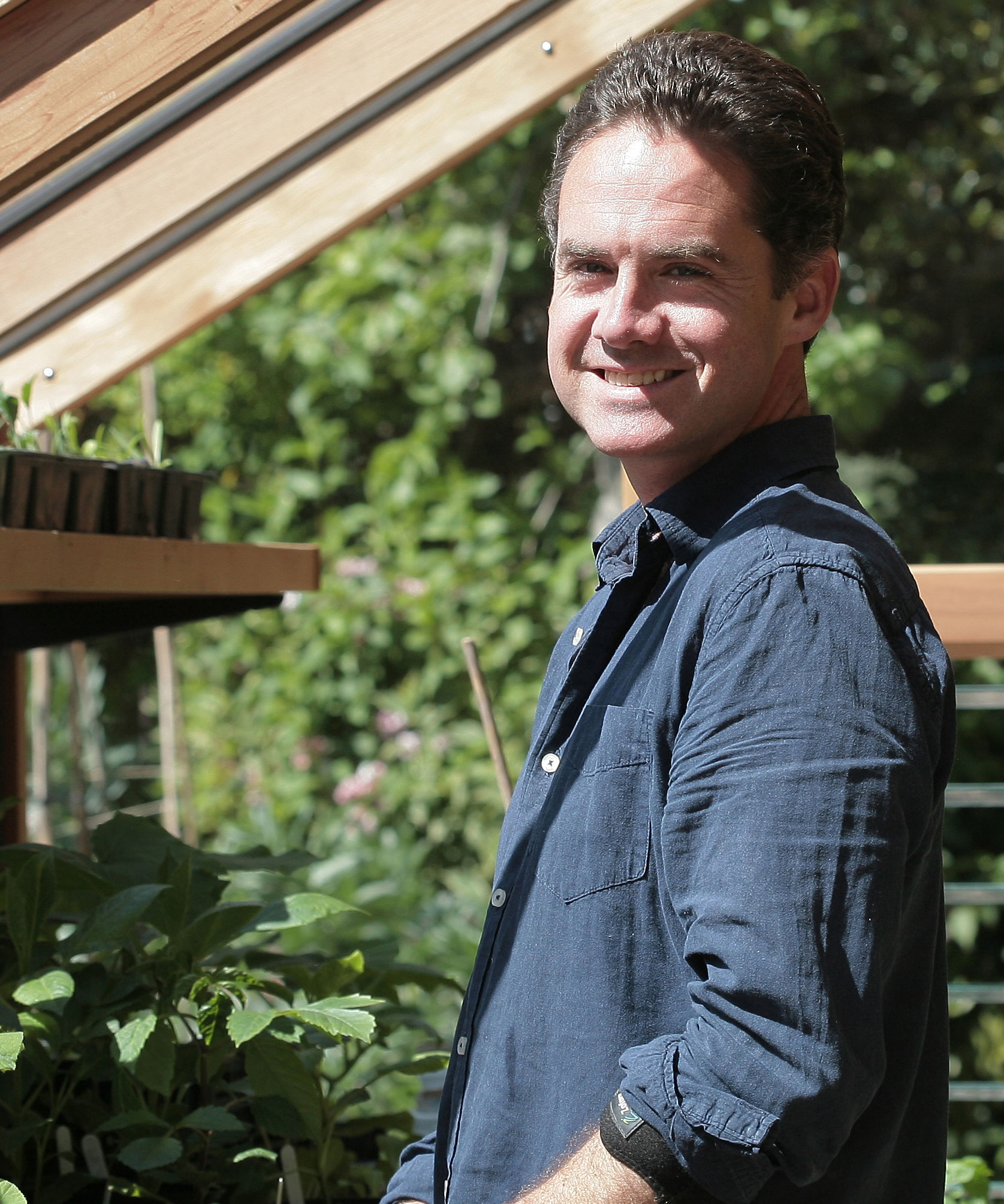
Edward Bowring is a horticultural therapist and writer with a passion for gardening and the health benefits that it has to offer. With a background in occupational therapy, Edward worked within health care settings where he witnessed first-hand the healing power of gardening and has managed and run therapeutic kitchen and community gardens ever since.
You must confirm your public display name before commenting
Please logout and then login again, you will then be prompted to enter your display name.